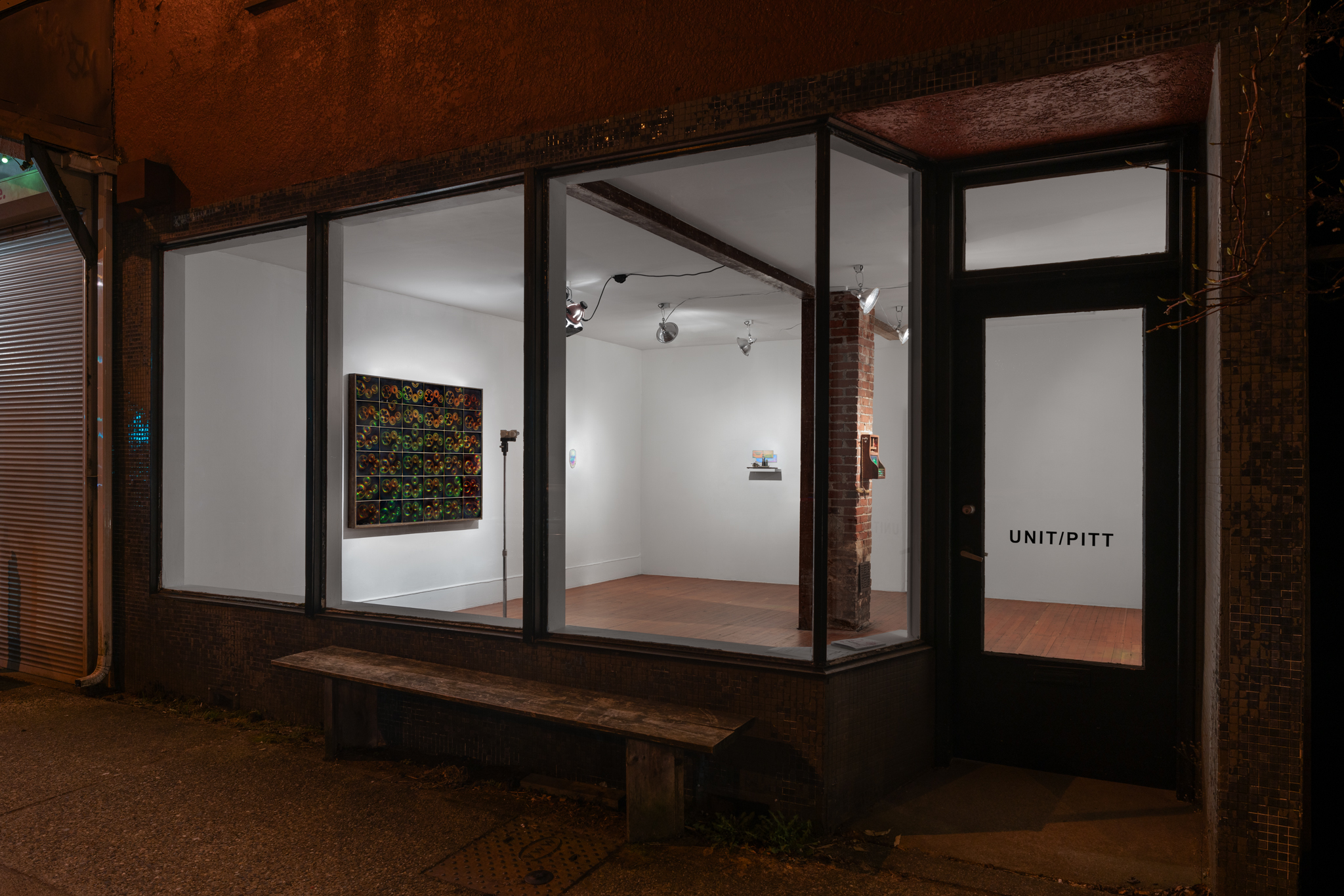Artwork
Curatorial Work <-
Publications
Writing
CV
Blog
felixgrapp@gmail.com
instagram: @felixarapp
lechauffagemag.com
—
Collaborators:
Ali Bosley
Antosh Cimoszko
Amanda Crain-Freeland
Al Razutis
Catharine MacTavish
Natasha Katedralis
Emile Rubino
Evi Olde Rikkert
Francesca Percival
Graeme Wahn
Julia Dahee Hong
Level Five
Marisa Kriangwiwat Holmes
Maya Beaudry
Vijai Patchineelam
Carry-On, Antwerp (2018)
Group
Prop, Vancouver (2022)
Amanda Crain-Freeland / Natasha Katedralis
IN / OUT, Banff (2022)
Group
Gravity wins, Entropy rules, Vancouver (2024)
Al Razutis
I
I
I
I
V
I
I
I
V
Gravity wins, Entropy rules 2024
Holographic hybrids by al Razutis
Accompanying publication with contributions by Sidney Gordon and Catharine MacTavish
Opening Event 7pm, March 2 – May 4
Featuring holographic assemblages made by Al Razutis in the 1970s and 80s, Gravity wins, Entropy rules presents a rare and critical opportunity for the public to encounter holographic art. Born in 1946, Al Razutis is an artist and educator who has spent fifty years dedicated to innovations in media such as early experimental film, broadcasting, holography and virtual reality. Between 1972 and 1977 Razutis leased a two-building site underneath the Granville St. Bridge where he established the first holographic art studio in Canada. Combining various found materials such as furniture, newspaper clippings, children’s toys and stray electrical bits together with dichromate and silver gelatin holograms, the little-known assemblages on display are peculiar and exciting works which blur the binary between the physical space of objects and the virtual space of images. The combination of passé second-hand objects against the strange futurism of the images reflects the tension inherent to the history of holography: a strikingly innovative, nearly magical, medium which despite its promise as the future of imaging, is today relegated to obscurity.
![]()
![]()
![]()
![]()
![]()
![]()
![]()
![]()
![]()
![]()
![]()
![]()
![]()
![]()
![]()
Holographic hybrids by al Razutis
Accompanying publication with contributions by Sidney Gordon and Catharine MacTavish
Opening Event 7pm, March 2 – May 4
Featuring holographic assemblages made by Al Razutis in the 1970s and 80s, Gravity wins, Entropy rules presents a rare and critical opportunity for the public to encounter holographic art. Born in 1946, Al Razutis is an artist and educator who has spent fifty years dedicated to innovations in media such as early experimental film, broadcasting, holography and virtual reality. Between 1972 and 1977 Razutis leased a two-building site underneath the Granville St. Bridge where he established the first holographic art studio in Canada. Combining various found materials such as furniture, newspaper clippings, children’s toys and stray electrical bits together with dichromate and silver gelatin holograms, the little-known assemblages on display are peculiar and exciting works which blur the binary between the physical space of objects and the virtual space of images. The combination of passé second-hand objects against the strange futurism of the images reflects the tension inherent to the history of holography: a strikingly innovative, nearly magical, medium which despite its promise as the future of imaging, is today relegated to obscurity.
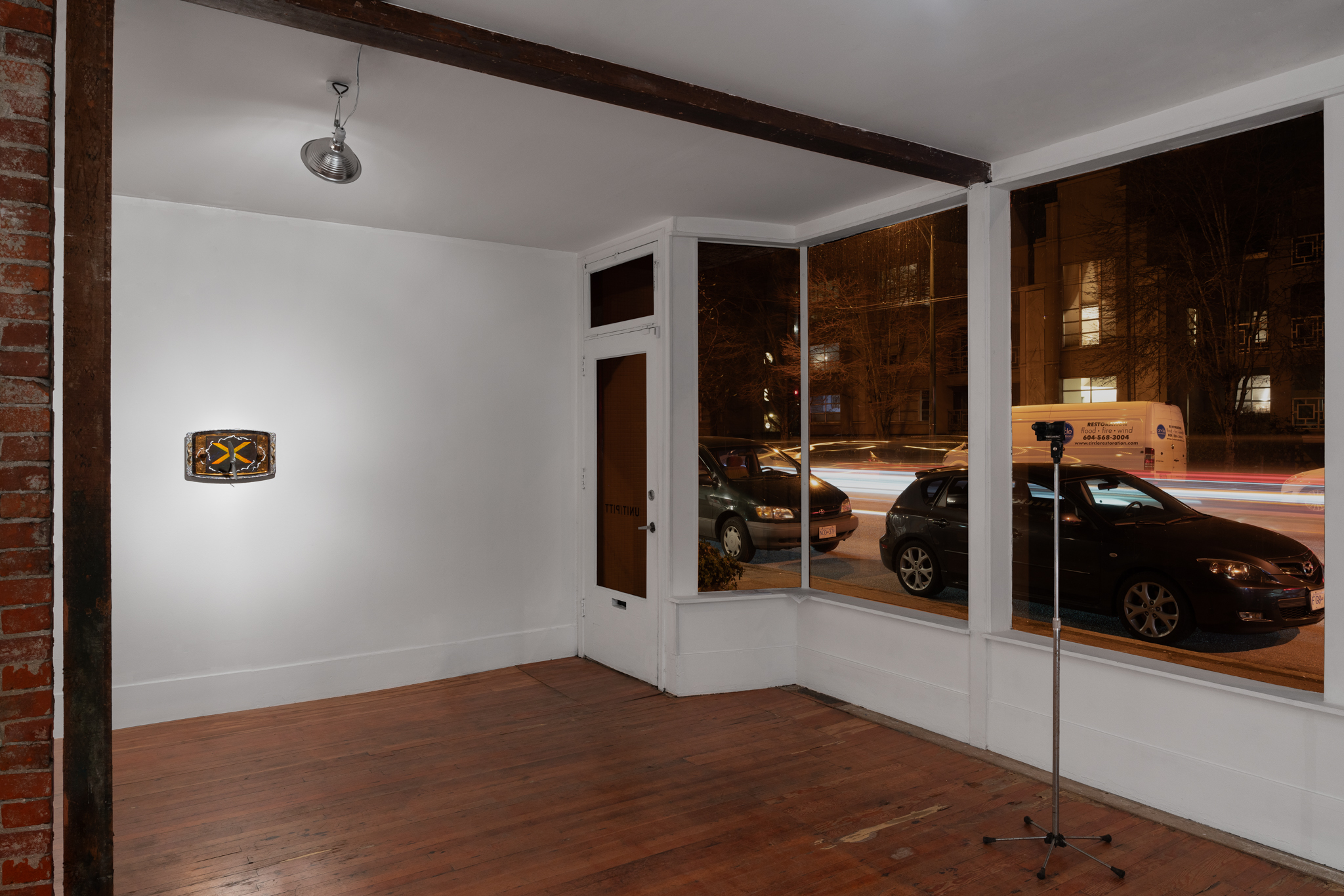
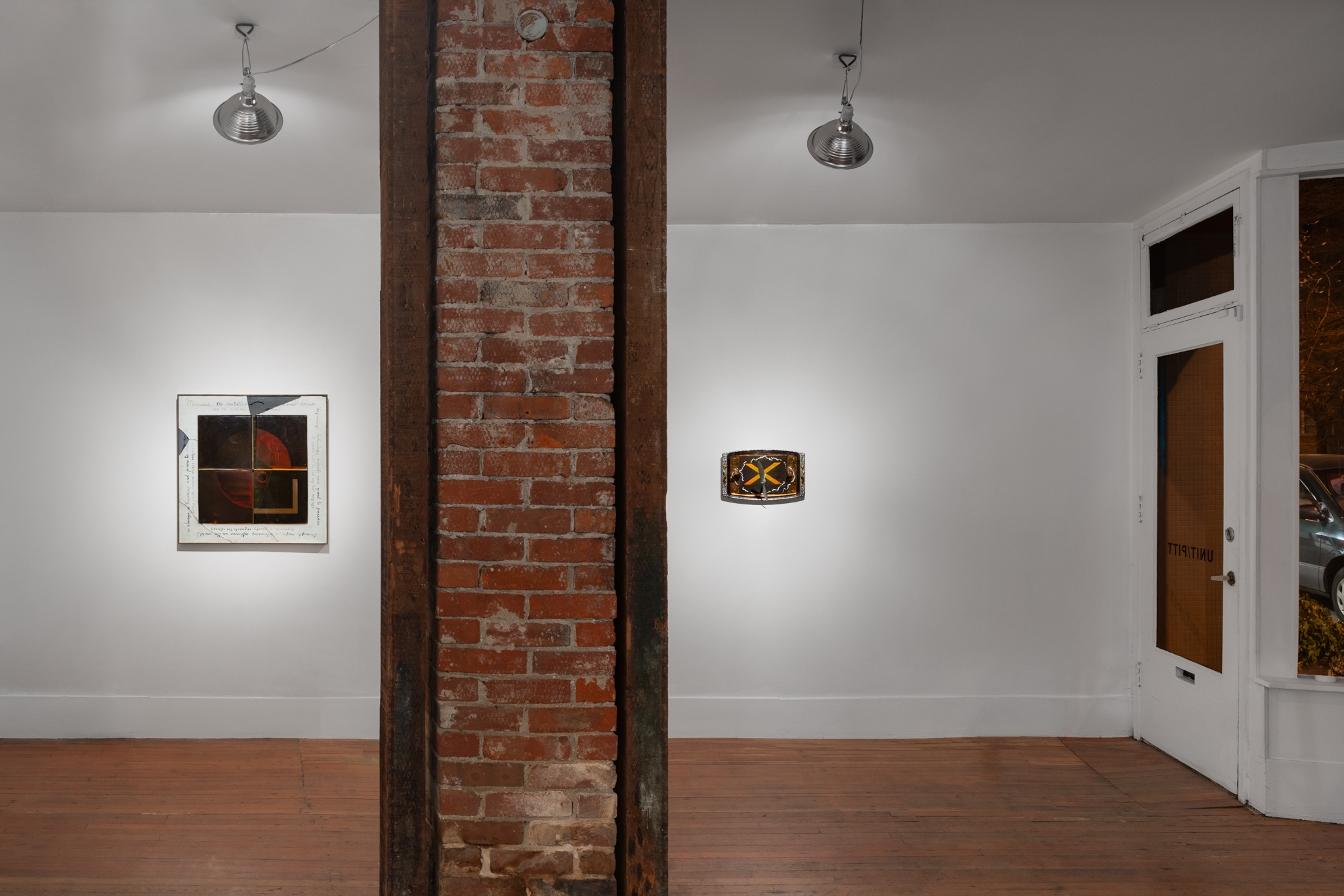

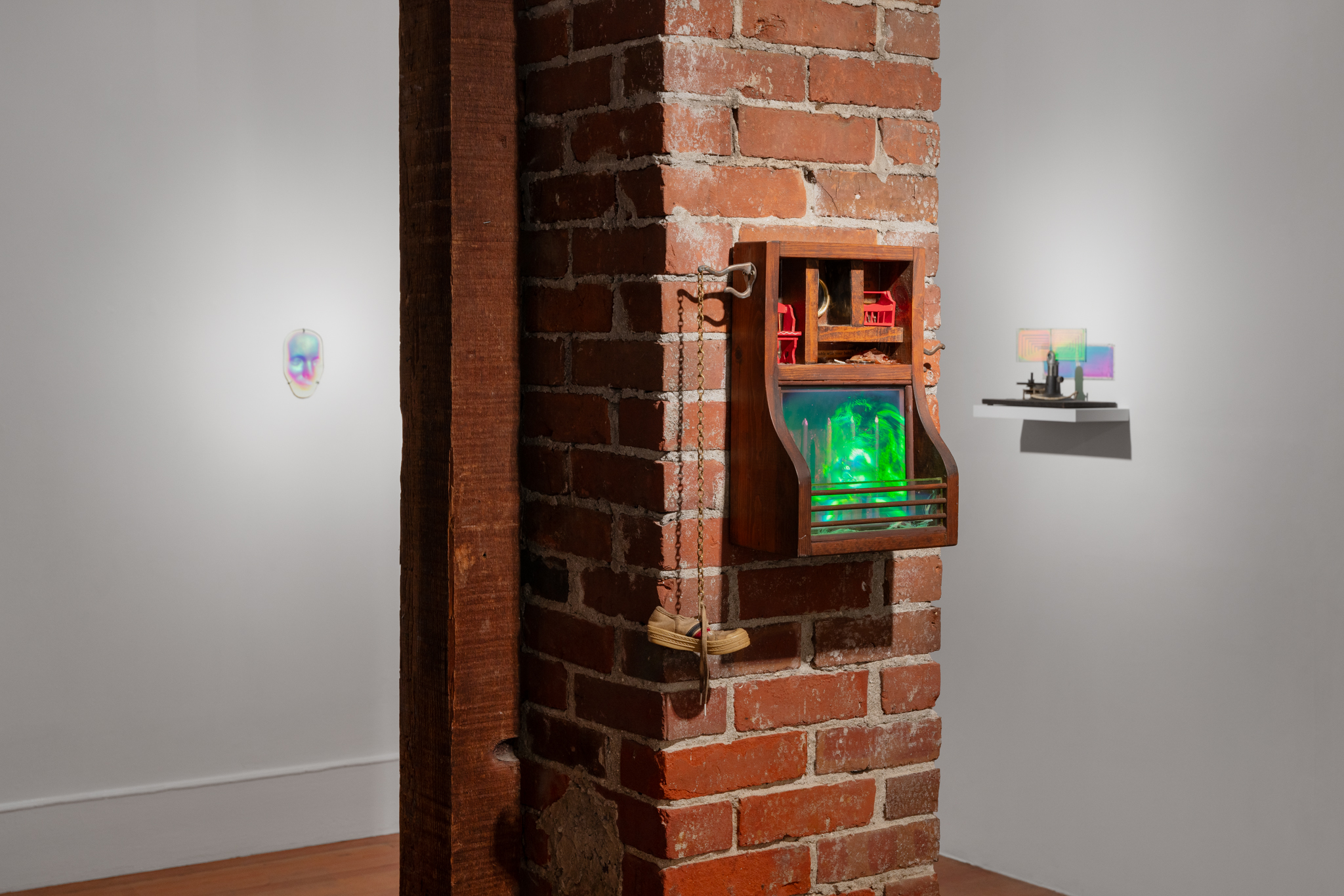
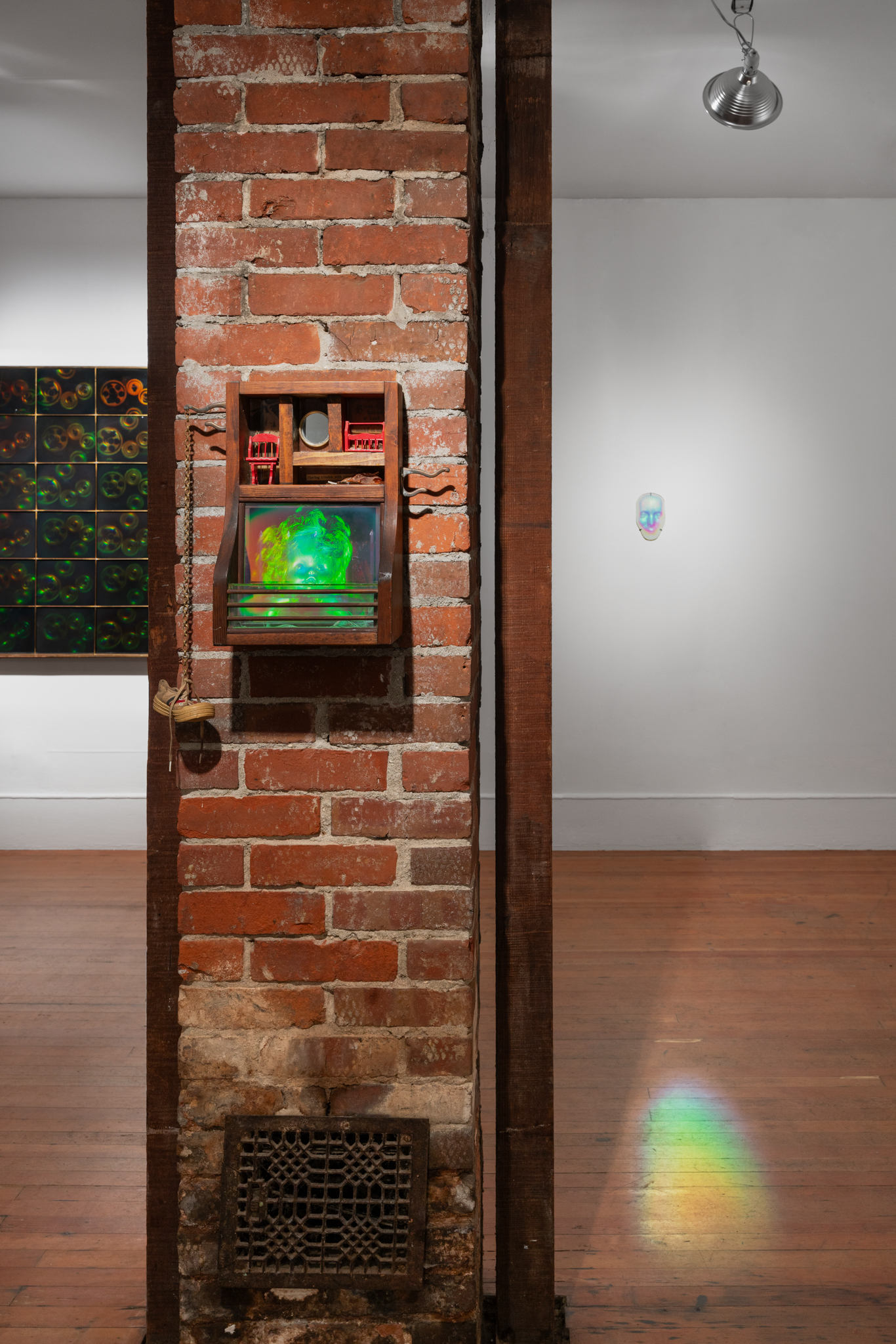

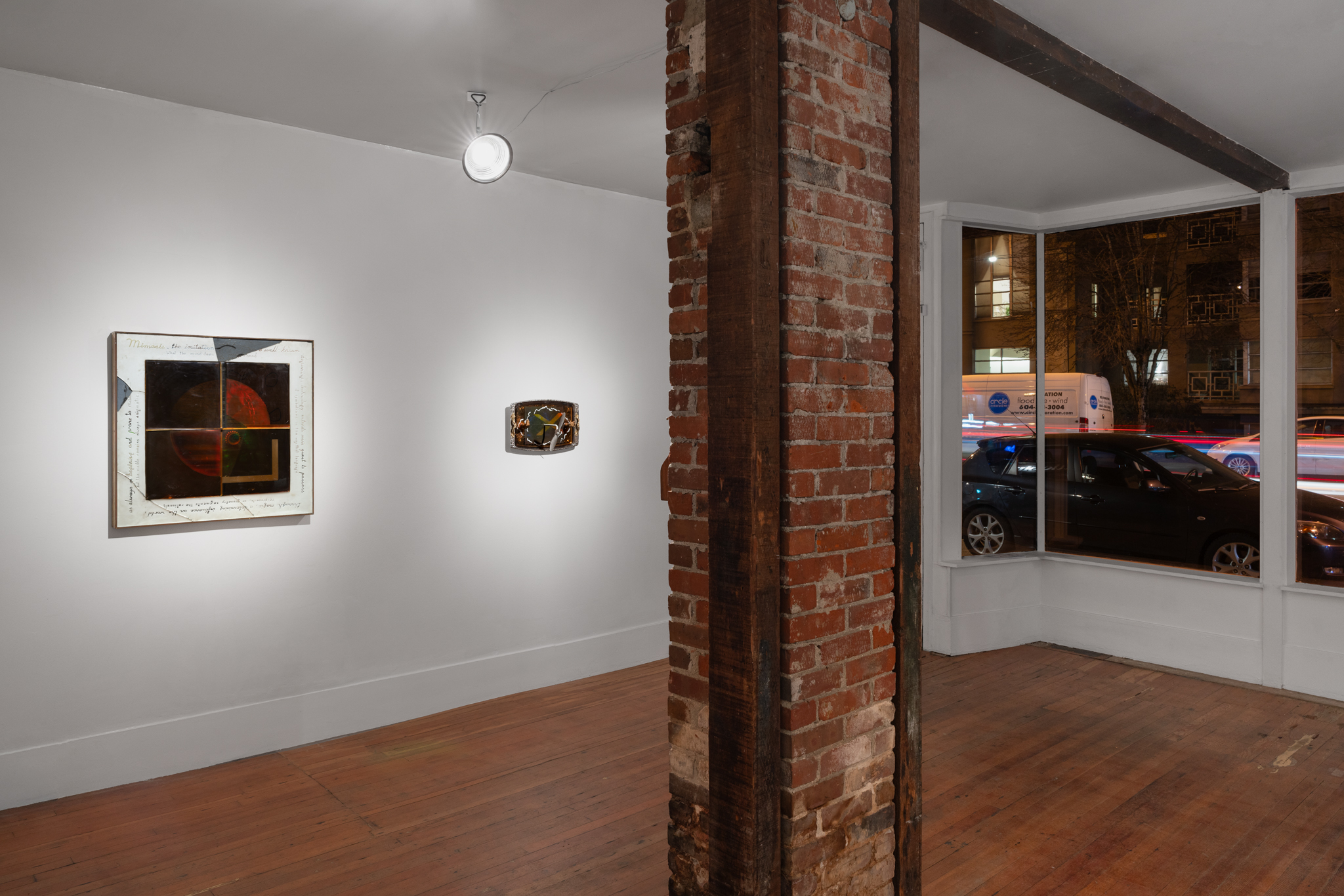
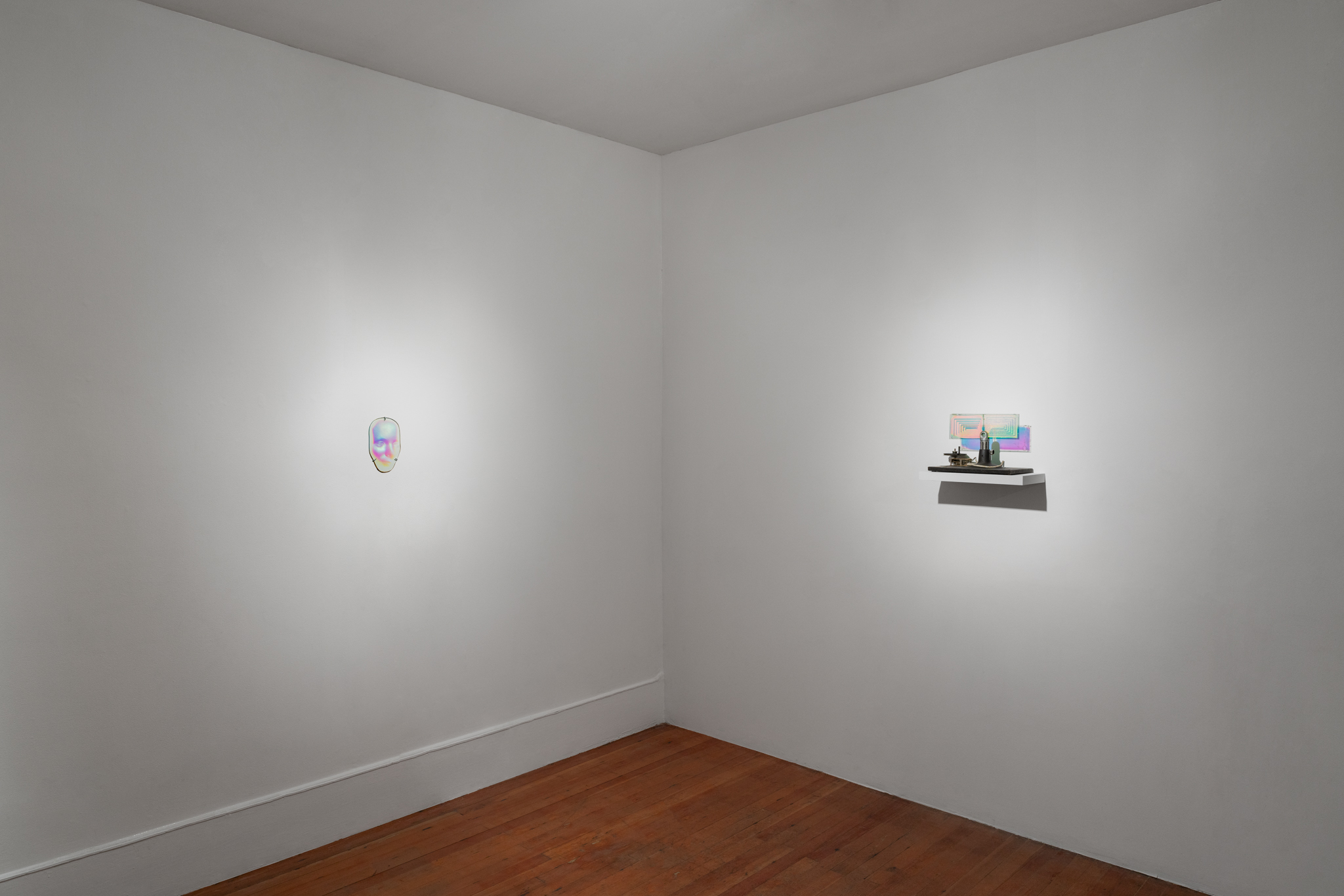
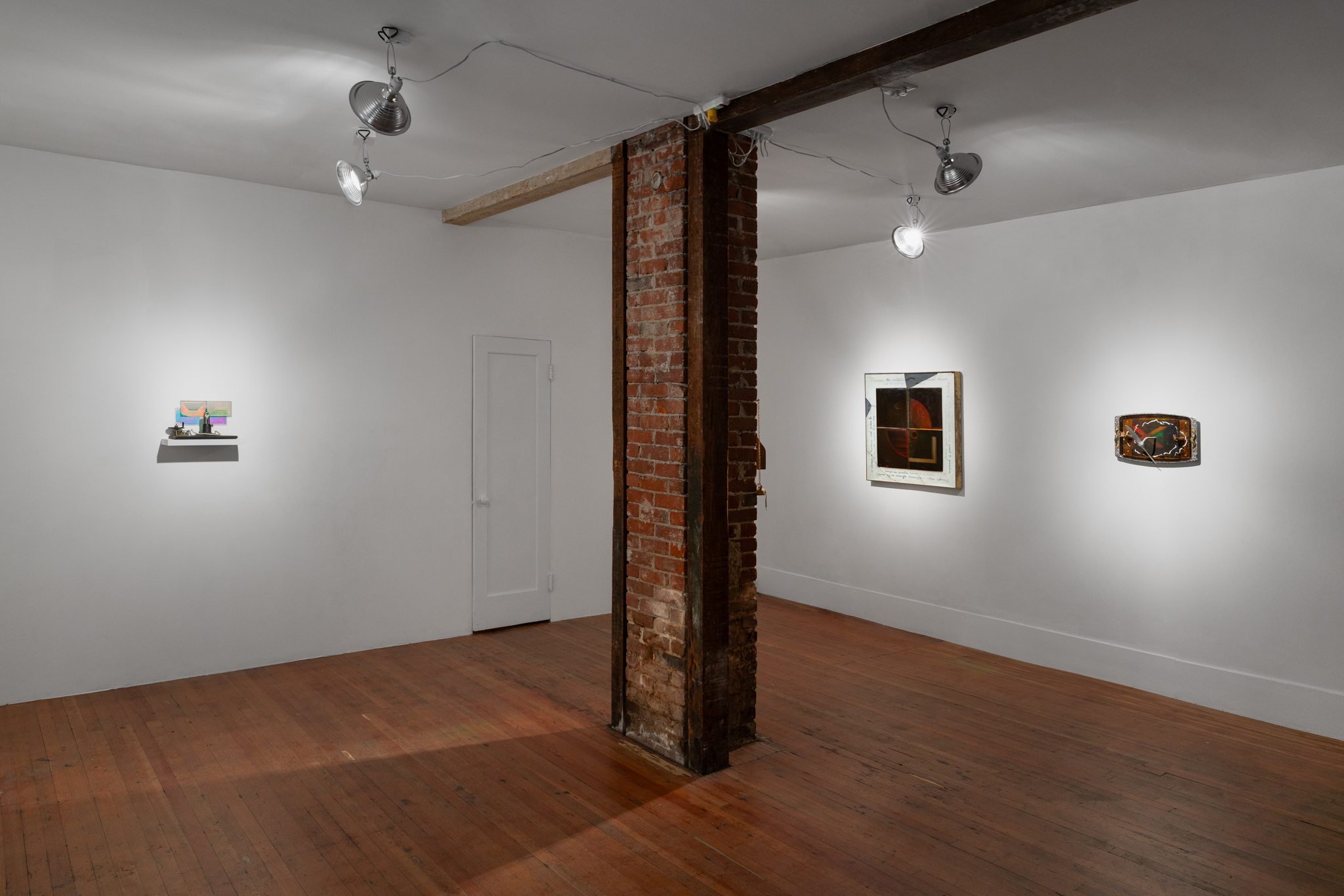
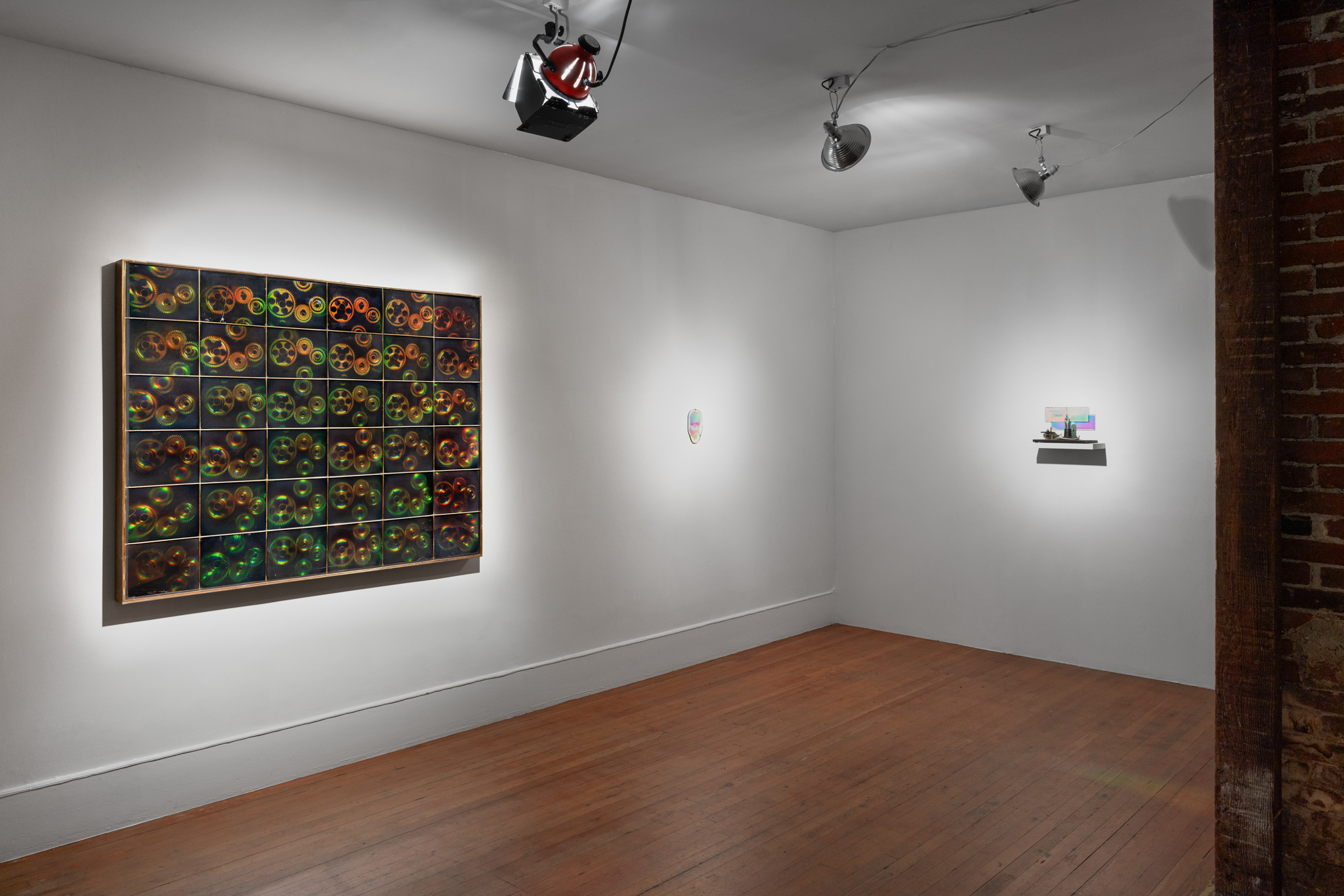
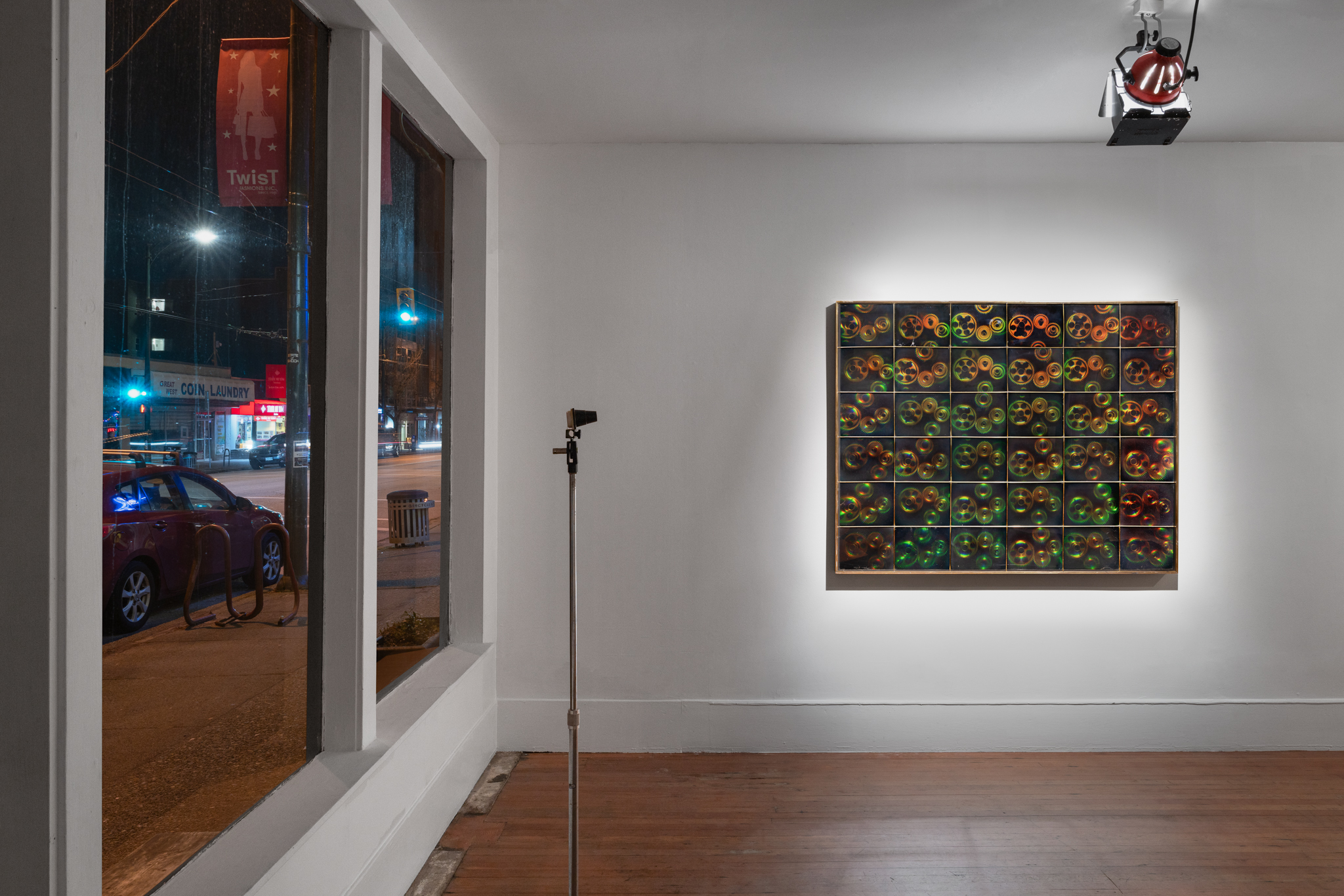
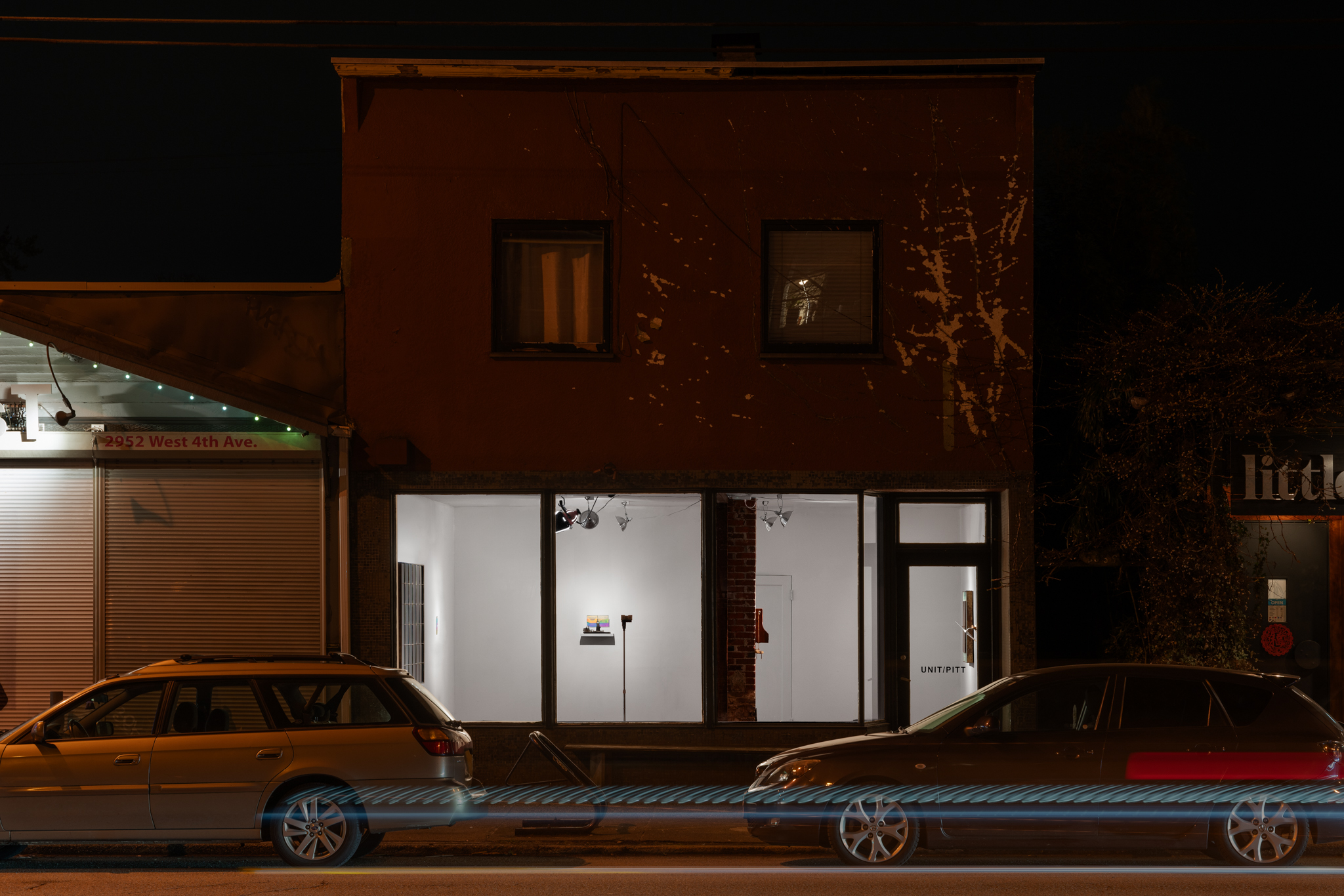
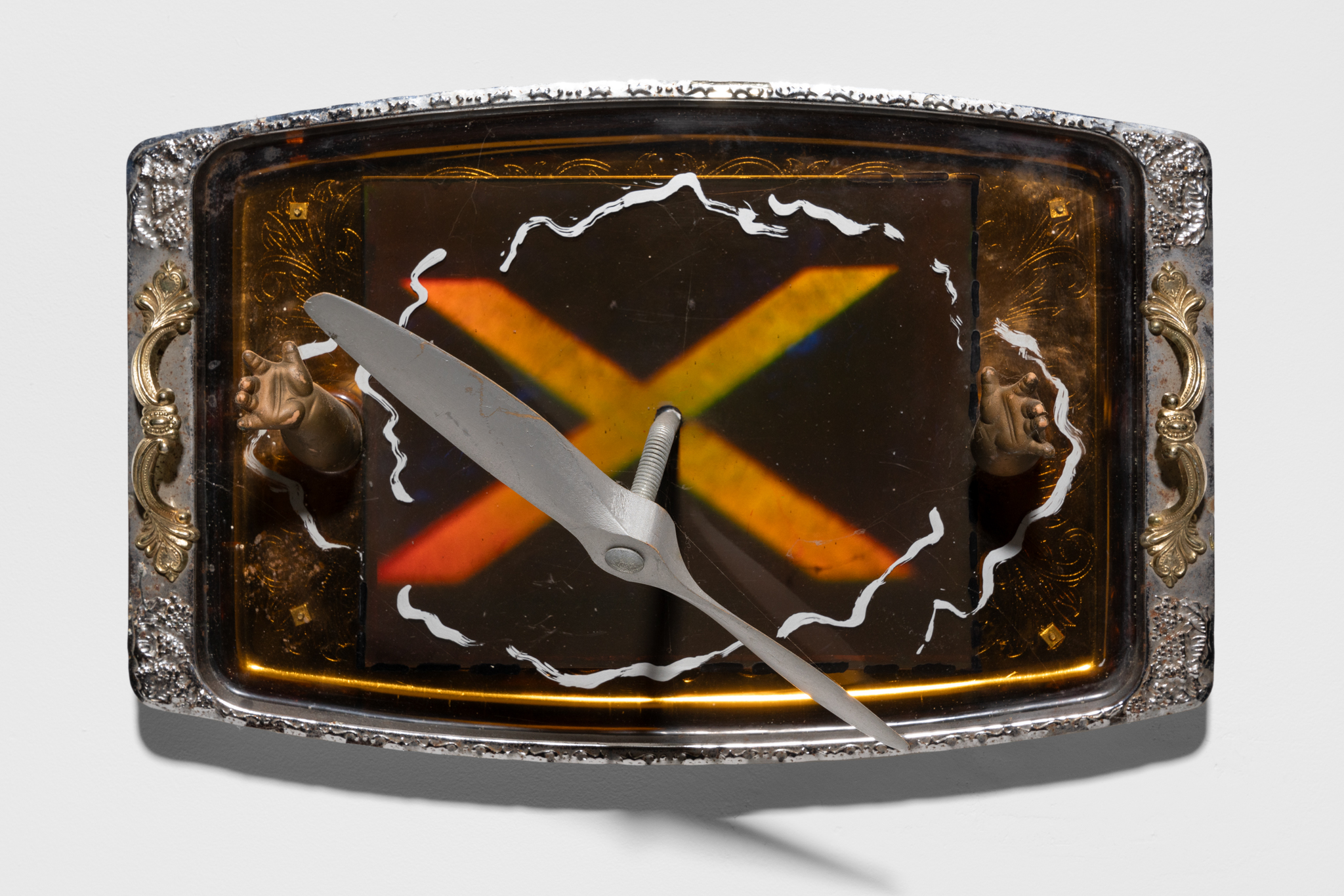
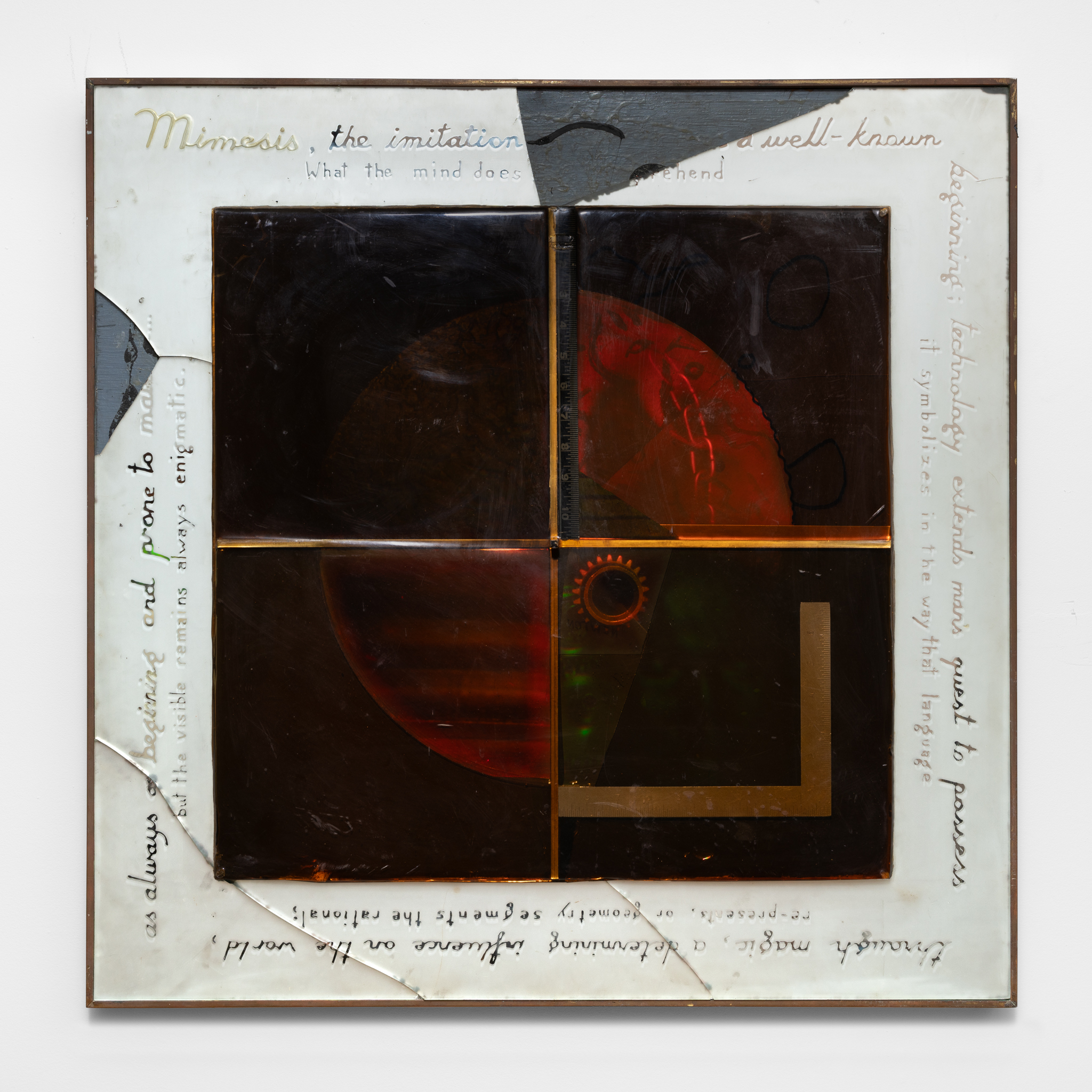


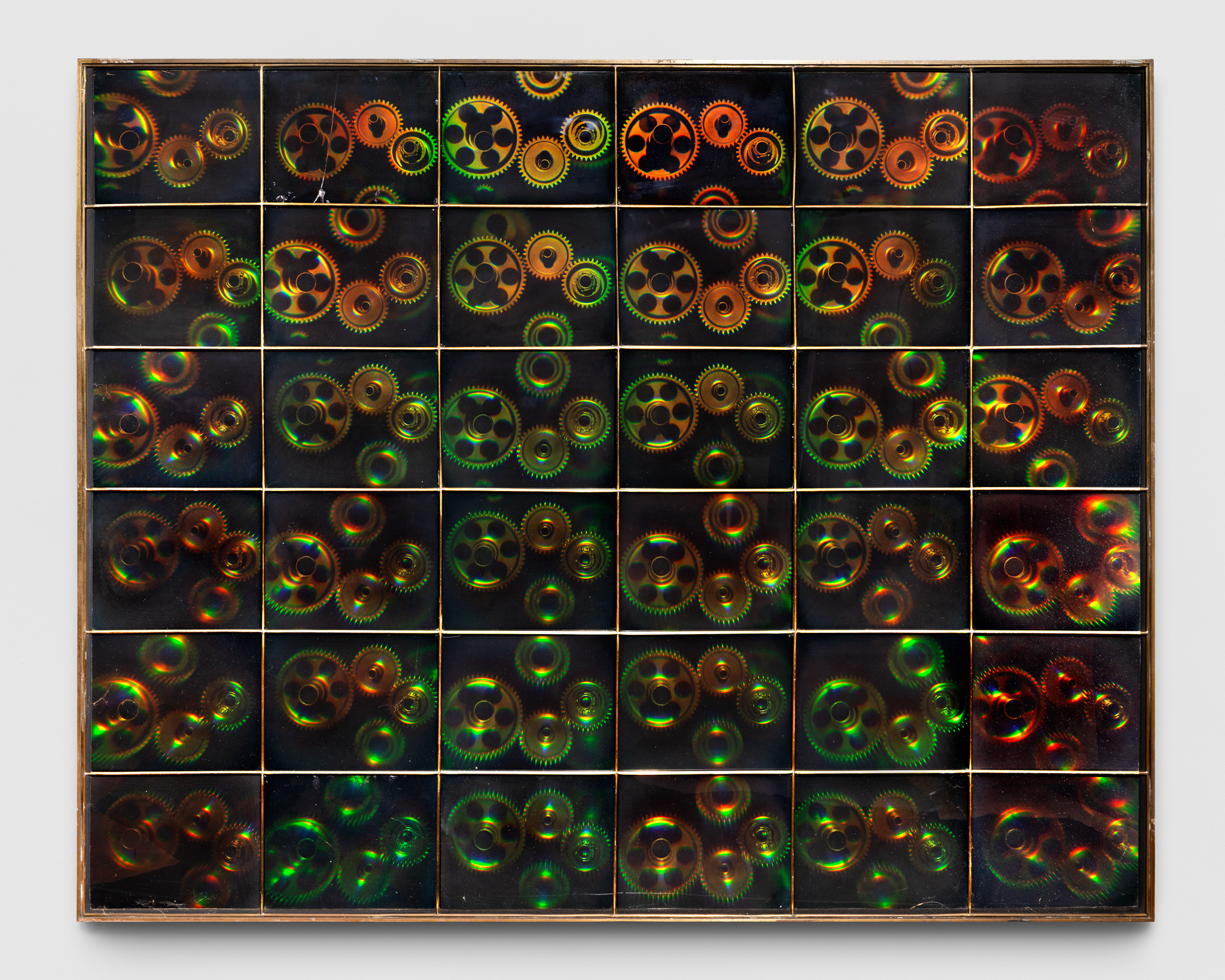


email: felixgrapp@gmail.com instagram: @felixarapp
